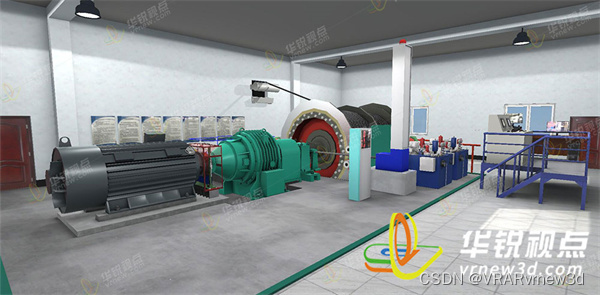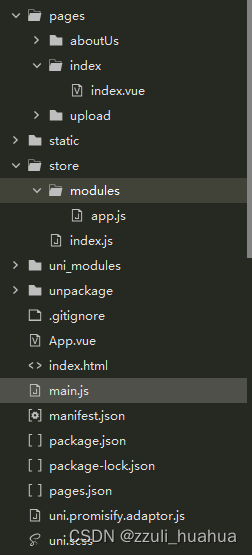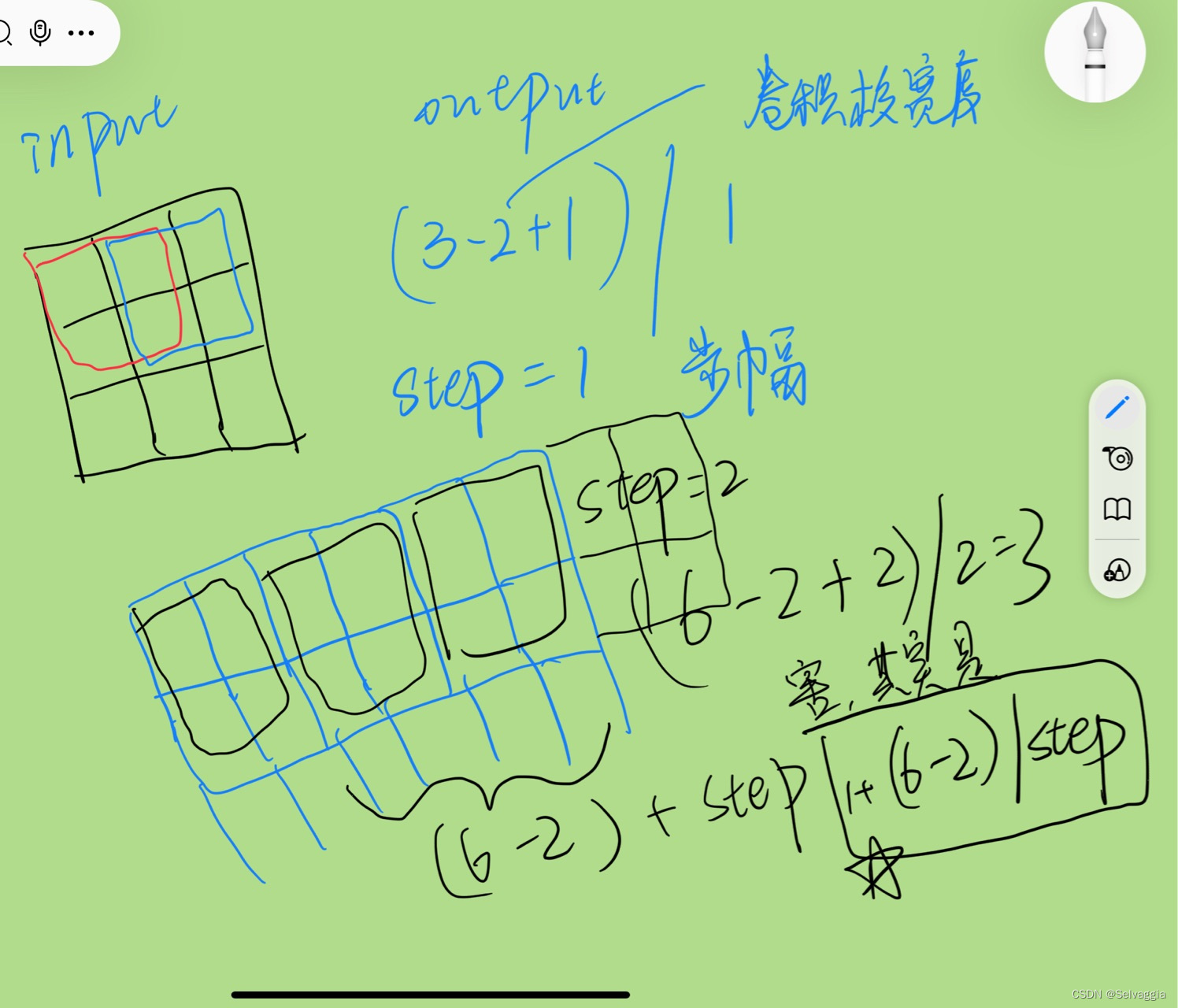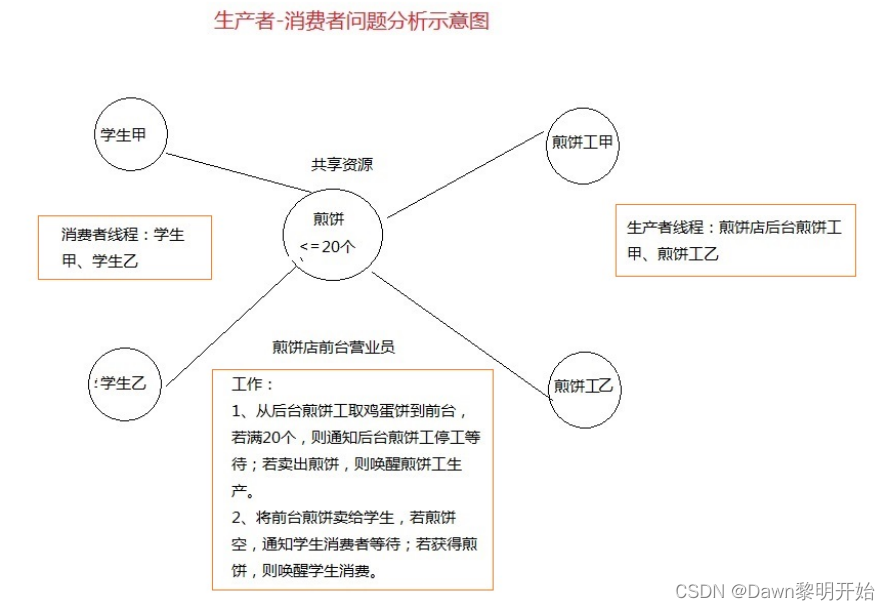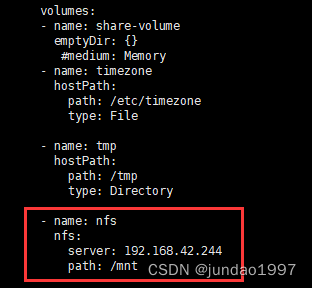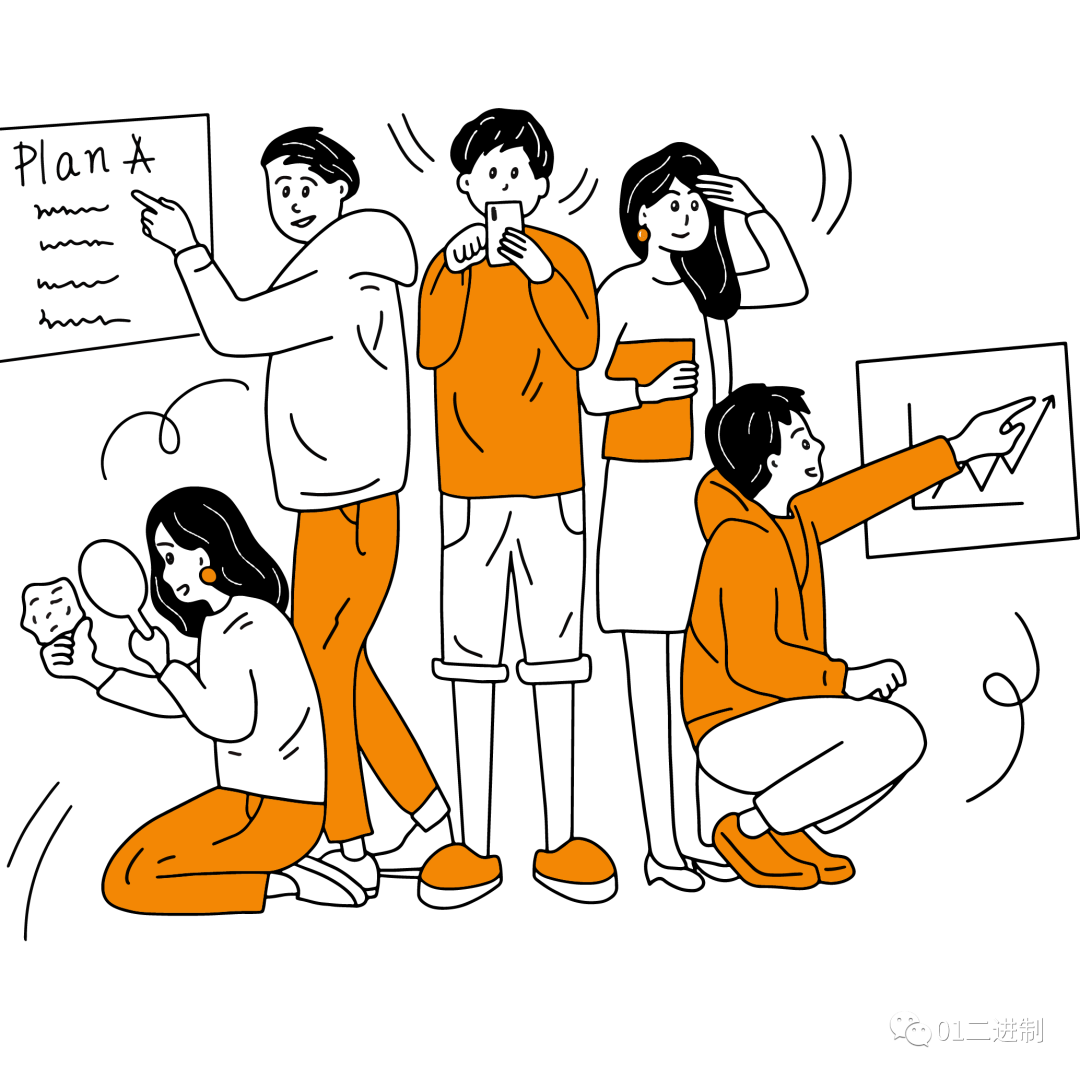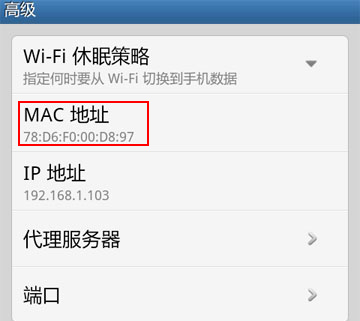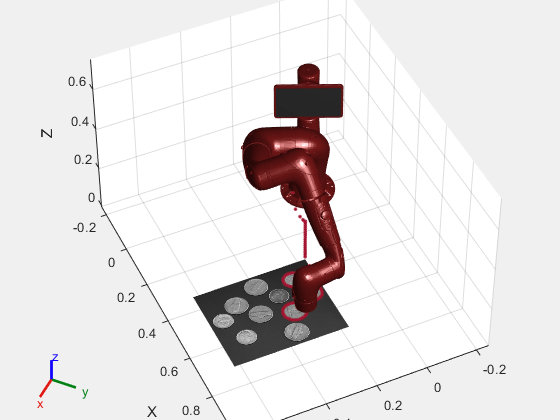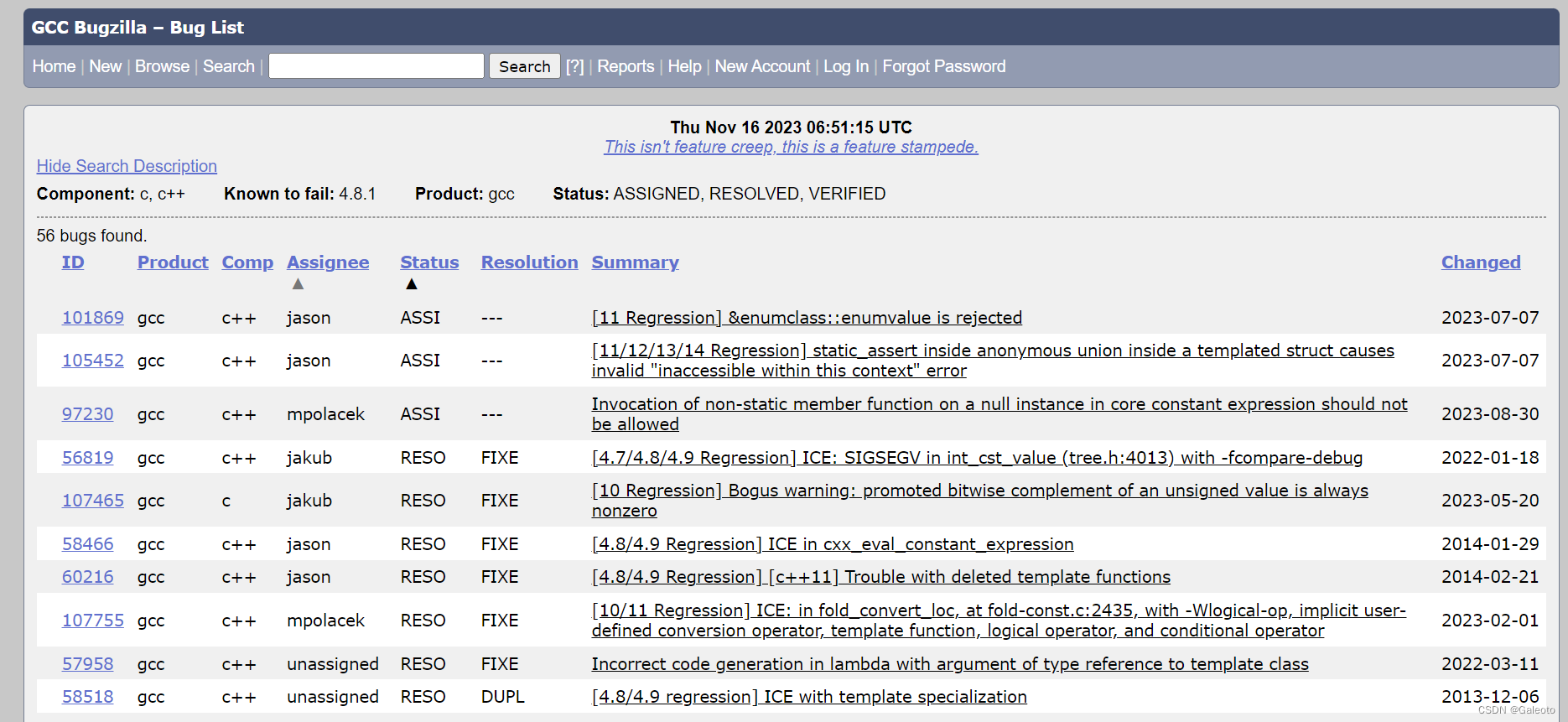字典经常作为一种数据结构内置在很多高级编程语言中,但是Redis使用C语言实现,没有内置这种数据结构,因此Redis自己构建了字典的实现。
Redis数据库就是使用字典的数据结构来作为底层实现。另外Redis的哈希键对象也是使用了字典的数据结构。
字典的实现
Redis的字典使用了哈希表作为底层实现,其中一个哈希表包含了多个哈希节点,而每个哈希节点又包含多个键值对。

字典
typedef struct dict {
dictType *type;
void *privdata;
dictht ht[2];
long rehashidx; /* rehashing not in progress if rehashidx == -1 */
unsigned long iterators; /* number of iterators currently running */
} dict;
哈希表
/* This is our hash table structure. Every dictionary has two of this as we
* implement incremental rehashing, for the old to the new table. */
typedef struct dictht { // 哈希表
dictEntry **table; // 哈希表的数组,数组中每个元素都是指针,指向 dictEntry 结构
unsigned long size; // 哈希表的大小,table 数组的大小
unsigned long sizemask; // 哈希表掩码,用于计算索引值,等于 size-1
unsigned long used; // 哈希表已有的节点(键值对)数量
} dictht;
哈希节点
typedef struct dictEntry {
void *key; // 键 key
union { // 值 val
void *val;
uint64_t u64;
int64_t s64;
double d;
} v;
struct dictEntry *next; // 指向下一个哈希表节点,链表法解决hash冲突
} dictEntry;
哈希节点维护一个链表用于解决哈希冲突。
哈希冲突
什么是哈希冲突
哈希的过程就是给定一个输入,然后经过指定的哈希函数,计算出一个输出。输入的值范围大于输出的值范围,所以一定存在某多个输入,经过哈希函数计算的输出是相等的。那么这些不同的输入就是发生了哈希碰撞。

如何解决哈希冲突
常见的哈希冲突解决办法有链地址法、开放寻址法、再哈希法等。redis哈希表使用链地址法解决冲突的问题。
Redis哈希表哈希节点维护一个next指针,将冲突的哈希节点通过单链表的方式串起来。
if (d->type->no_value) {
/* Allocate an entry without value. */
entry = createEntryNoValue(key, *bucket);
} else { // 如果哈希节点已经存在元素,则将新的节点添加到哈希节点链表的头部,已冲突的节点链接到新节点的next处
entry->key = key;
entry->next = *bucket;
}
*bucket = entry;
d->ht_used[htidx]++
字典扩容
当哈希表存储节点达到一定数量后,会对字典进行扩容,以提升字典效率。
扩容时机
字典的扩容时机主要关注两个指标。
- 当前can_resize标识
- 负载因子
首先查看判定是否需要扩容的源码段。
if ((dict_can_resize == DICT_RESIZE_ENABLE &&
d->ht_used[0] >= DICTHT_SIZE(d->ht_size_exp[0])) ||
(dict_can_resize != DICT_RESIZE_FORBID &&
d->ht_used[0] / DICTHT_SIZE(d->ht_size_exp[0]) > dict_force_resize_ratio))
{
return dictExpand(d, d->ht_used[0] + 1);
}
当在两种场景下,会对字典进行翻倍的扩容。
- 当前resize为DICT_RESIZE_ENABLE,且负载因子大于1
- 当前resize为非DICT_RESIZE_FORBID(resize为DICT_RESIZE_ENABLE),且负载因子大于5
can_resize标识
can_resize有三个枚举
typedef enum {
DICT_RESIZE_ENABLE,
DICT_RESIZE_AVOID,
DICT_RESIZE_FORBID,
} dictResizeEnable;
redis会根据当前进程情况对resize进行更新
/* This function is called once a background process of some kind terminates,
- as we want to avoid resizing the hash tables when there is a child in order
- to play well with copy-on-write (otherwise when a resize happens lots of
- memory pages are copied). The goal of this function is to update the ability
- for dict.c to resize or rehash the tables accordingly to the fact we have an
- active fork child running. */
void updateDictResizePolicy(void) {
if (server.in_fork_child != CHILD_TYPE_NONE)
dictSetResizeEnabled(DICT_RESIZE_FORBID);
else if (hasActiveChildProcess())
dictSetResizeEnabled(DICT_RESIZE_AVOID);
else
dictSetResizeEnabled(DICT_RESIZE_ENABLE);
}
- 默认resize=DICT_RESIZE_ENABLE
- 当前处于子进程中resize=DICT_RESIZE_FORBID
- 存在子进程时,resize=DICT_RESIZE_AVOID
负载因子
负载因子 = d->ht_used[0] / DICTHT_SIZE(d->ht_size_exp[0])
- 当负载因子大于等于 1 ,且 Redis 没有在执行 bgsave 命令、 bgrewiteaof 命令, RDB 快照 或 AOF 重写 时,进行 rehash 操作
- 当负载因子大于等于 5 时,不管有没有有在执行 RDB 快照 或AOF 重写,都会强制进行 rehash 操作
渐进式rehash
redis在进行rehash时,会将ht[0]中的全部键rehash到ht[1]中。但是redis在rehash动作并不是一次性的完成的。而是通过分治的思想,分多次、渐进式的完成的。
因为redis是单线程模型,如果一个大key在进行一次性rehash时,会有较大的计算量可能导致服务器在一段时间内停止服务,从而引起客户端长时间阻塞不可用。
/* Performs N steps of incremental rehashing. Returns 1 if there are still
* keys to move from the old to the new hash table, otherwise 0 is returned.
* * Note that a rehashing step consists in moving a bucket (that may have more
* than one key as we use chaining) from the old to the new hash table, however
* since part of the hash table may be composed of empty spaces, it is not
* guaranteed that this function will rehash even a single bucket, since it
* will visit at max N*10 empty buckets in total, otherwise the amount of
* work it does would be unbound and the function may block for a long time. */
int dictRehash(dict *d, int n) {
int empty_visits = n*10; /* Max number of empty buckets to visit. */
if (!dictIsRehashing(d)) return 0;
while(n-- && d->ht[0].used != 0) {
dictEntry *de, *nextde;
/* Note that rehashidx can't overflow as we are sure there are more
* elements because ht[0].used != 0 */
assert(d->ht[0].size > (unsigned long)d->rehashidx);
while(d->ht[0].table[d->rehashidx] == NULL) {
d->rehashidx++;
if (--empty_visits == 0) return 1;
}
de = d->ht[0].table[d->rehashidx];
/* Move all the keys in this bucket from the old to the new hash HT */
while(de) {
uint64_t h;
nextde = de->next;
/* Get the index in the new hash table */
h = dictHashKey(d, de->key) & d->ht[1].sizemask;
de->next = d->ht[1].table[h];
d->ht[1].table[h] = de;
d->ht[0].used--;
d->ht[1].used++;
de = nextde;
}
d->ht[0].table[d->rehashidx] = NULL;
d->rehashidx++;
}
/* Check if we already rehashed the whole table... */
if (d->ht[0].used == 0) {
zfree(d->ht[0].table);
d->ht[0] = d->ht[1];
_dictReset(&d->ht[1]);
d->rehashidx = -1;
return 0;
}
/* More to rehash... */
return 1;
}
- 存在rehash的过程中,不允许再次发起rehash
- 每次最大遍历10个桶,防止遍历过多空桶,导致阻塞线程
- 每次将键值从ht[0]迁移到ht[1]后,d->ht[0].used-- d->ht[1].used++ d->rehashidx++;
- rehash完毕后,rehashidx置为-1
哈希键操作
新增
dictEntry *dictAddRaw(dict *d, void *key, dictEntry **existing)
{
long index;
dictEntry *entry;
dictht *ht;
if (dictIsRehashing(d)) _dictRehashStep(d);
/* Get the index of the new element, or -1 if
* the element already exists. */
if ((index = _dictKeyIndex(d, key, dictHashKey(d,key), existing)) == -1)
return NULL;
/* Allocate the memory and store the new entry.
* Insert the element in top, with the assumption that in a database
* system it is more likely that recently added entries are accessed
* more frequently. */
ht = dictIsRehashing(d) ? &d->ht[1] : &d->ht[0];
entry = zmalloc(sizeof(*entry));
entry->next = ht->table[index];
ht->table[index] = entry;
ht->used++;
/* Set the hash entry fields. */
dictSetKey(d, entry, key);
return entry;
}
- 如果在rehash进行中,首先执行一步rehash
- 如果key已经存在,不执行set操作
- 新增时只写入ht[1],保证ht[0]的元素只会越来越少,不会新增。
更新
/* Add or Overwrite:
* Add an element, discarding the old value if the key already exists.
* Return 1 if the key was added from scratch, 0 if there was already an
* element with such key and dictReplace() just performed a value update
* operation. */
int dictReplace(dict *d, void *key, void *val)
{
dictEntry *entry, *existing, auxentry;
/* Try to add the element. If the key
* does not exists dictAdd will succeed. */
entry = dictAddRaw(d,key,&existing);
if (entry) {
dictSetVal(d, entry, val);
return 1;
}
/* Set the new value and free the old one. Note that it is important
* to do that in this order, as the value may just be exactly the same
* as the previous one. In this context, think to reference counting,
* you want to increment (set), and then decrement (free), and not the
* reverse. */
auxentry = *existing;
dictSetVal(d, existing, val);
dictFreeVal(d, &auxentry);
return 0;
}
读取
dictEntry *dictFind(dict *d, const void *key)
{
dictEntry *he;
uint64_t h, idx, table;
if (d->ht[0].used + d->ht[1].used == 0) return NULL; /* dict is empty */
if (dictIsRehashing(d)) _dictRehashStep(d);
h = dictHashKey(d, key);
for (table = 0; table <= 1; table++) {
idx = h & d->ht[table].sizemask;
he = d->ht[table].table[idx];
while(he) {
if (key==he->key || dictCompareKeys(d, key, he->key))
return he;
he = he->next;
}
if (!dictIsRehashing(d)) return NULL;
}
return NULL;
}
- 如果在rehash进行中,首先执行一步rehash
- 如果当前在reahsh,遍历ht[0]和ht[1],否则只遍历ht[0]
- 通过哈希函数找到对应的哈希桶,对桶内的元素进行键值对比,如果键值不相等,会进行对next后续键再次对比
删除
/* Search and remove an element. This is an helper function for
* dictDelete() and dictUnlink(), please check the top comment
* of those functions. */
static dictEntry *dictGenericDelete(dict *d, const void *key, int nofree) {
uint64_t h, idx;
dictEntry *he, *prevHe;
int table;
if (d->ht[0].used == 0 && d->ht[1].used == 0) return NULL;
if (dictIsRehashing(d)) _dictRehashStep(d);
h = dictHashKey(d, key);
for (table = 0; table <= 1; table++) {
idx = h & d->ht[table].sizemask;
he = d->ht[table].table[idx];
prevHe = NULL;
while(he) {
if (key==he->key || dictCompareKeys(d, key, he->key)) {
/* Unlink the element from the list */
if (prevHe)
prevHe->next = he->next;
else
d->ht[table].table[idx] = he->next;
if (!nofree) {
dictFreeKey(d, he);
dictFreeVal(d, he);
zfree(he);
}
d->ht[table].used--;
return he;
}
prevHe = he;
he = he->next;
}
if (!dictIsRehashing(d)) break;
}
return NULL; /* not found */
}
- 如果在rehash进行中,首先执行一步rehash
- 如果当前在reahsh,遍历ht[0]和ht[1],否则只遍历ht[0]
- 通过判断key值,如果是需要删除的key,则会调整哈希节点的next指针,达到删除效果
- 更新哈希表元素占用指标used参数
